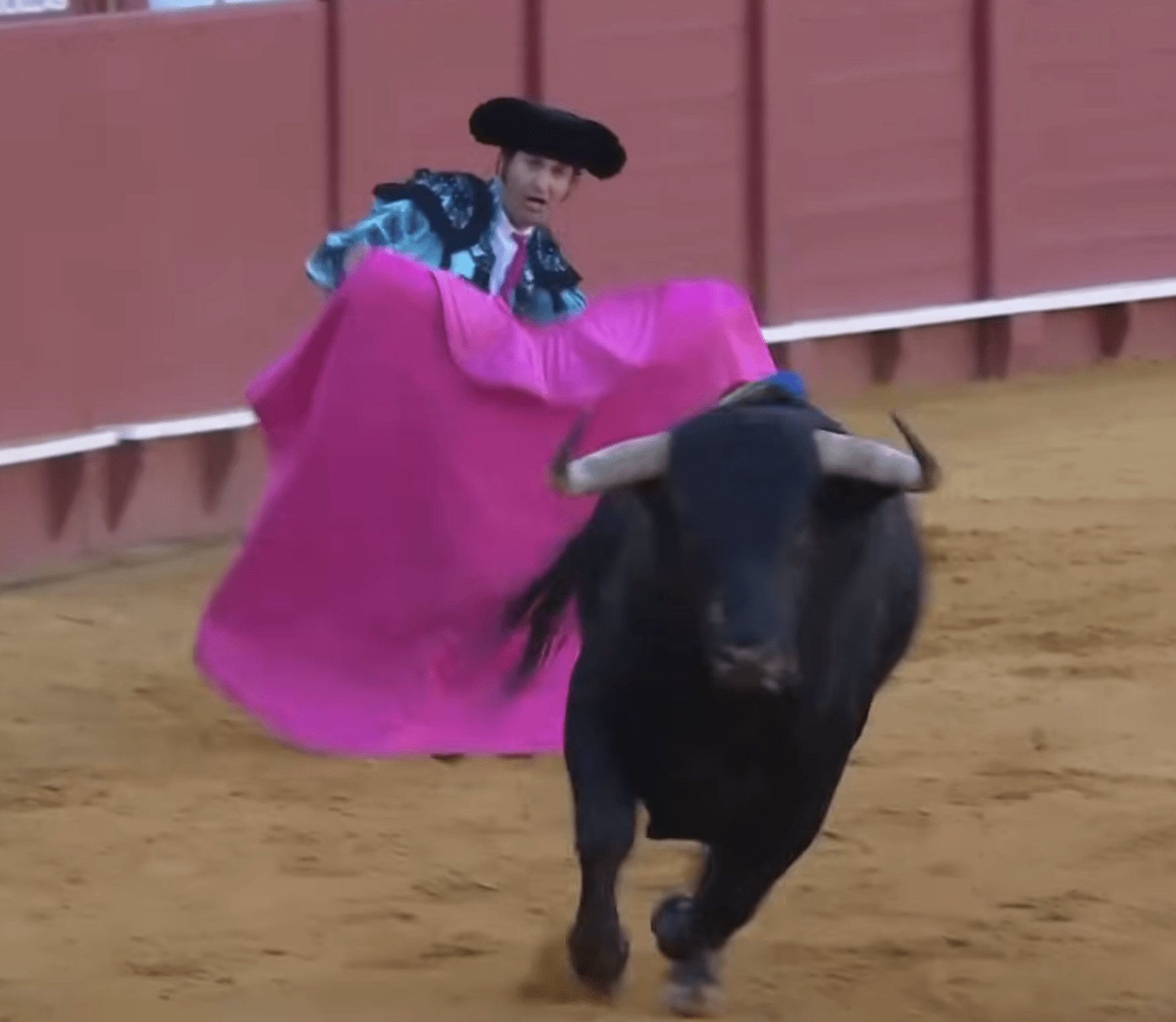The New York Times – José Antonio Morante Camacho, arguably the greatest bullfighter of his generation, lay flat on his back in the middle of the arena.
A 1,220-pound bull had just flipped him in the air, prompting a gasp from the sold-out crowd in Madrid’s Las Ventas, Spain’s most hallowed bullfighting ring.
As the 46-year-old, known across the Spanish-speaking world as Morante de la Puebla, did a mental scan of his scarred body, other matadors rushed to carry him off.
Brought safely to the ring’s red perimeter wall, he got up, grimaced and walked off the pain. He eventually returned to the fight, drawing the bull close with elegant sweeps of his cape that elicited cries of olé.
When it was over, the bull was dead, the rare prize of its ears were hoisted in Mr. Morante’s hands and a blizzard of white handkerchiefs waved in appreciation.
The bullfighter embraced Spain’s leading far-right politician, bathed in a shower of flowers, Spanish flags and cigars.
He turned back to the center of the ring where, with tears on his weathered face, he removed a symbolic pigtail, clipped to the back of his hair. Everyone weeping along with him knew what that meant. Morante de la Puebla was calling it quits.
“I felt an artistic exhaustion,” Mr. Morante said a few days after the Oct. 12 fight, in an interview at his riverside farm in La Puebla del Río, his hometown outside Seville in southern Spain.
In whispered, languid sentences, Mr. Morante, wearing a wool Gucci suit and fedora, said he felt no lessening of his skills and that his career had been “upwards, upwards, upwards.”
But, he said, “I’ve decided to stop before I fall” …



